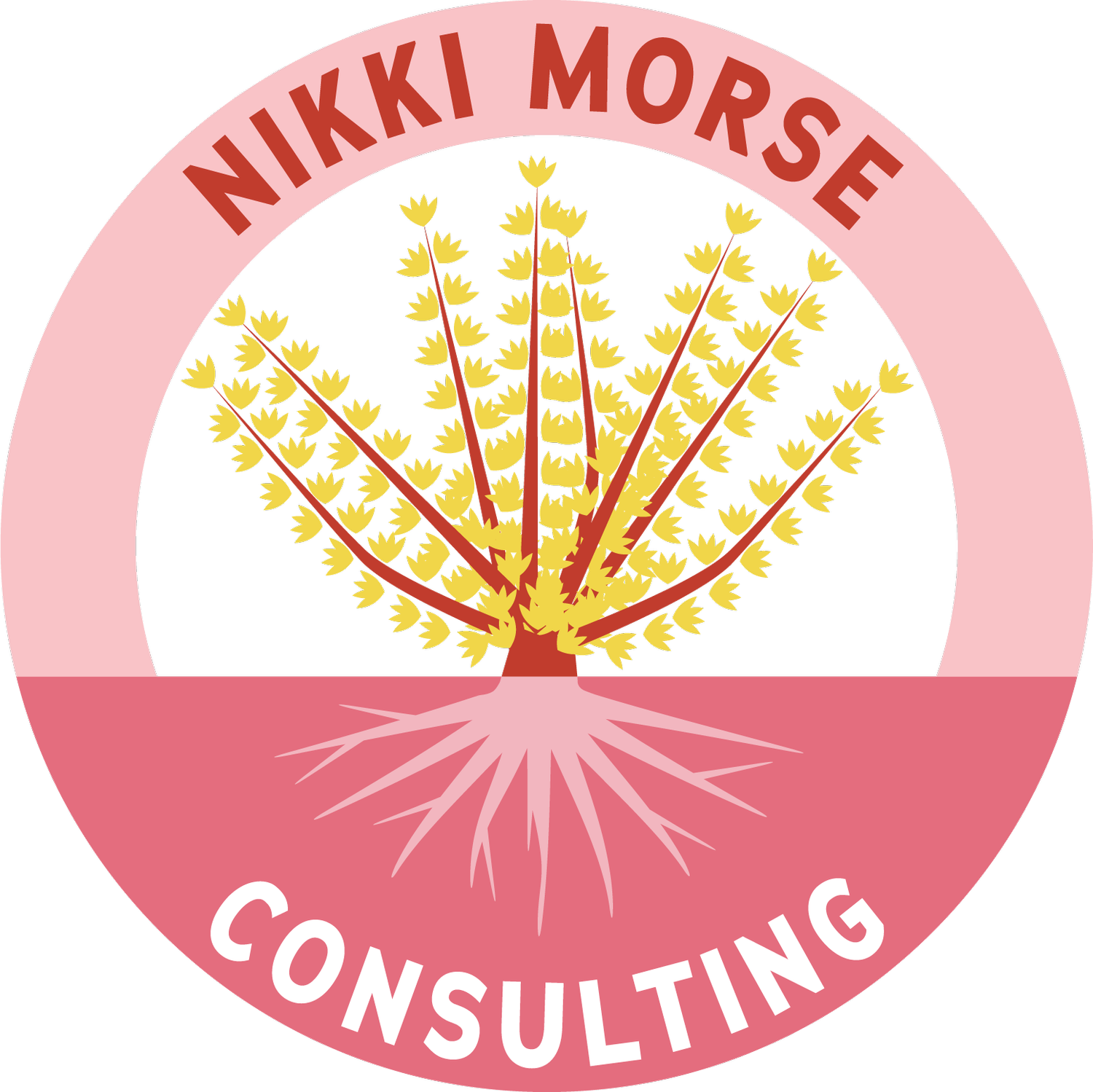Winter 2025 - Membership Dues - How and Why
Dear Ones,
I wrote this newsletter many months ago, and then, the election threw everything off (anyone else have that experience??). I’m so glad there are such smart people out there making sense of what happened and contemplating where we should go next. And, I’m deeply impressed by the incredibly hard work that grassroots organizations are doing to process our grief, protect our communities, and turn our sights to how to fight back over the coming months. That drive and spirit is what I have been grounding myself in - the organizations, and even more importantly, the people who are doing the work. I hope you all are taking care of you and yours. I also hope you are seeking, building, and finding political homes (or whatever else YOU need to survive and move forward). I am, as always, very grateful to my forever political home, Jews for Racial & Economic Justice. (If you’re in NYC and aren’t already familiar with them, it’s a great moment to explore what they’re doing. Feel free to ask me how.)
And - I strongly believe that dues-paying membership is vital to both building power and resources, now more than ever. This is the first in a 3 part series on how and why to lean into that approach, learn from great membership organizations, and build a membership structure that works for your organization. I am rooted in the belief that membership is one of the most critical tools we have to growing our base and bringing people into the work, building a stable budget, and achieving real changes that affect people’s everyday lives.
Overview
I have been working in and studying membership organizations for 30 years. One commonality I’ve seen is how many organizations wrestle with how to approach membership dues. Some organizations have a membership that is only about a financial contribution (for example, the ACLU). In this model, membership offers a potential sense of belonging, but its main function is funding for the organization; dues do not necessarily correlate to grassroots power. Some organizations go in the opposite direction. Dues are either non-existent or unprioritized, and membership is independent from them. These organizations focus on membership in the sense of both belonging and power-building – members are seen as critical to leading and powering the organization, but not much of a resource for funding the work.
In my personal experience and assessment, the most effective and powerful membership organizations integrate grassroots power and grassroots fundraising. Over the course of the next three months, this newsletter series will discuss some of the challenges to building this dual structure and how different organizations have addressed them. And I’ll suggest some best practices that might help you and your organization in building your membership structure. I’m starting with one of the most frequently asked questions I receive.
“How can we ask for dues from the low-income people we organize, when we know they can’t afford them?”
In one of the first membership organizations I worked with, 9to5: National Association of Working Women, I was organizing amongst single mothers who had recently been kicked off of public assistance and were in welfare-to-work programs, in low-wage jobs, or out of work entirely. I raised opposition to our $25 dues because I didn’t think it was ethical to proactively ask for dues from folks who were struggling financially. I was told, in no uncertain terms, by an experienced organizer on staff:
“Working class and poor people have decisions made for them all of the time. It’s paternalistic and incorrect to make a decision for them about where they want to put their money (or time). If we do that, we will never build organizations strong enough to win, and we further strip them of agency.”
This was a true revelatory moment that has stayed with me for 25 years and continues to influence my approach.
This same organizer also taught me that when people pay dues to unions, or churches, or anything else, they do so because it’s worth it to them. They get something concrete and meaningful out of it. What we want to do is build organizations that legitimately provide our members with something important –- whether it’s specific changes in the conditions that affect their lives, an understanding of their own power, or a real community when they otherwise feel isolated and alone.
So let’s pause there! Part 2 will tackle other common questions, and Part 3 will offer best practices on building a dues membership program that both builds the necessary power for our movements to win and the resources our organizations need to survive and thrive. I would LOVE to hear any and all of your questions or responses.
And, as always, if you’d like to set up a free consultation to talk about these ideas, or any questions related to individual donor fundraising, organizational structure and culture, or board and staff development, you can book me at https://calendly.com/nikkimorse/30min.
Nikki
